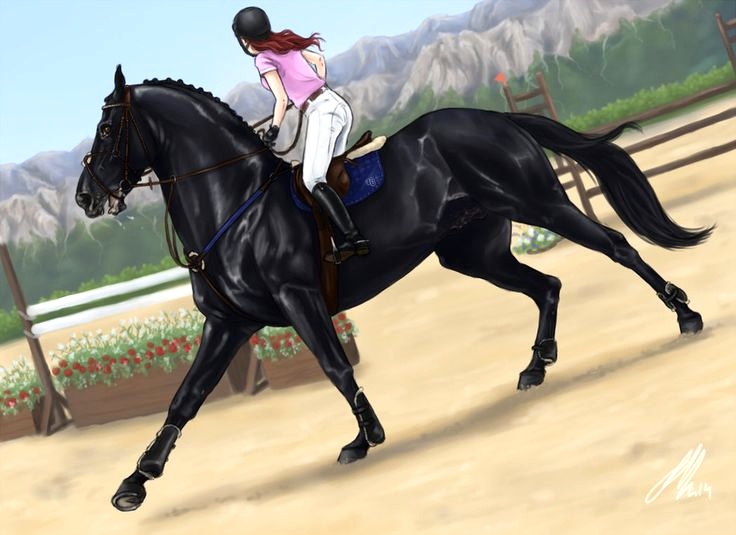Horse racing is an exciting sport that attracts millions of viewers and players around the world. Over the years, the sport has evolved, with new technologies and techniques being introduced to ensure the safety of the horses, as well as the fairness of the races. One of these new technologies is track bias, which is an important part of horse racing.
Track bias is a term used to describe the condition of a race track that can affect the performance of a horse during a race. It can be caused by a variety of factors, including the track’s design, the surface of the track, the weather conditions, and the type of horses running.
Despite its importance, track bias is often misunderstood and misinterpreted. To understand this concept in more detail, this article will discuss what track bias is, how it is measured, the various types of bias, and the ways in which it affects horse racing.
What is Track Bias?
Track bias is a term used to describe the condition of a race track that can affect the performance of a horse during a race. It can be caused by several factors, such as the design of the track itself, the surface of the track, the weather conditions, and the type of horses running.
It is important to note that track bias is not simply a matter of the track being “faster” or “slower”. Rather, it is the conditions of the track that can affect the performance of the horses. This means that a track may be considered biased if a certain type of horse performs better on it than others, or if horses running on a particular part of the track have an advantage.
How is Track Bias Measured?
Track bias can be measured in a variety of ways. One of the most common methods is the “speed rating” system, which is based on the times of a horse’s previous races. This system assigns a numerical rating to each horse, which is then used to compare their performance on different tracks.
Another popular method of measuring track bias is the “effective running time” method, which measures the amount of time a horse has taken to complete a race. This method is often used to assess the impact of track bias on the performance of a horse, as well as the overall fairness of the race.
Types of Track Bias
There are several types of track bias that can affect the performance of horses during a race. These include:
• Inside Bias: This type of bias occurs when horses running on the inside of the track have an advantage over those running on the outside. This is often seen on tracks with tight turns, as horses on the inside can use the turn to their advantage and gain ground.
• Outside Bias: This type of bias occurs when horses running on the outside of the track have an advantage over those on the inside. This is often seen on tracks with long straightaways, as horses on the outside can use the extra space to their advantage and increase their speed.
• Distance Bias: This type of bias occurs when horses running at a certain distance have an advantage over those running at other distances. This is often seen on tracks with varying lengths, as horses running longer distances can use the extra space to their advantage and increase their speed.
• Track Surface Bias: This type of bias occurs when horses running on a certain track surface have an advantage over those running on a different track surface. This is often seen on tracks with different surfaces, such as dirt and turf, as horses running on the better surface can use it to their advantage and increase their speed.
How Does Track Bias Affect Horse Racing?
Track bias can have a significant impact on the outcome of a horse race. This is because it can give certain horses an advantage over others and make the race unfair. As a result, it is important for race organizers to be aware of track bias and take measures to ensure that it does not affect the outcome of the race.
In addition, track bias can influence betting odds and the amount of money that is bet on certain horses. For example, if a horse is seen to have an advantage on a certain track, then it may be given higher odds in the betting markets than other horses. As a result, it is important for bettors to be aware of track bias and its potential influence on the outcome of the race.
Conclusion
In conclusion, track bias is an important concept in horse racing. It is a term used to describe the condition of a race track that can affect the performance of a horse during a race. It can be caused by various factors, such as the design of the track itself, the surface of the track, the weather conditions, and the type of horses running. Track bias can be measured in a variety of ways, and there are several types of bias that can affect the performance of horses during a race. Finally, track bias can have a significant impact on the outcome of a horse race, as it can give certain horses an advantage over others and make the race unfair.

